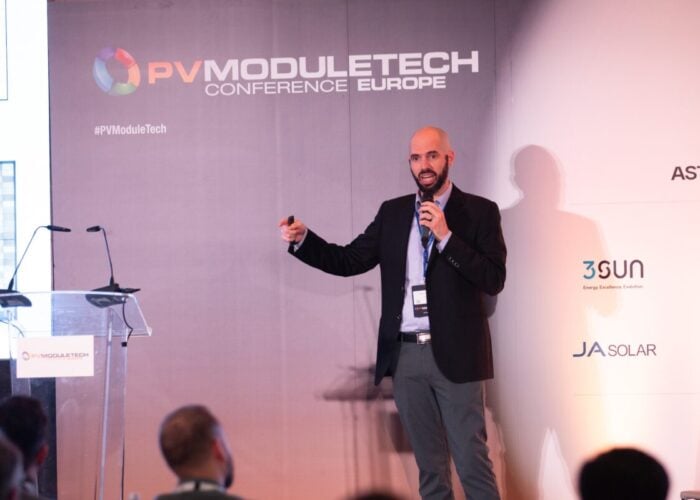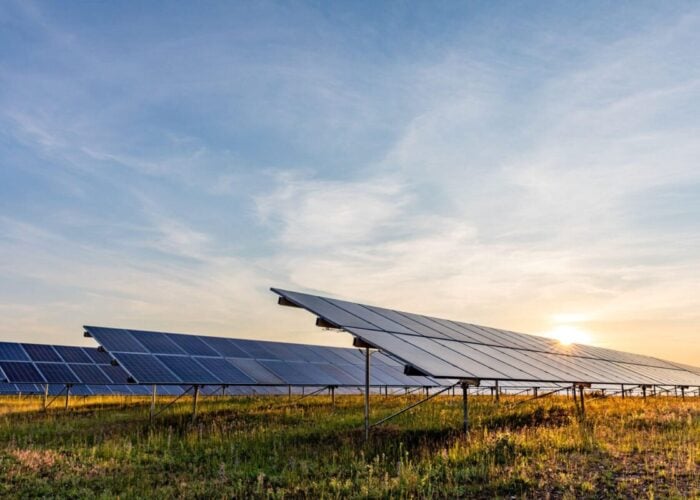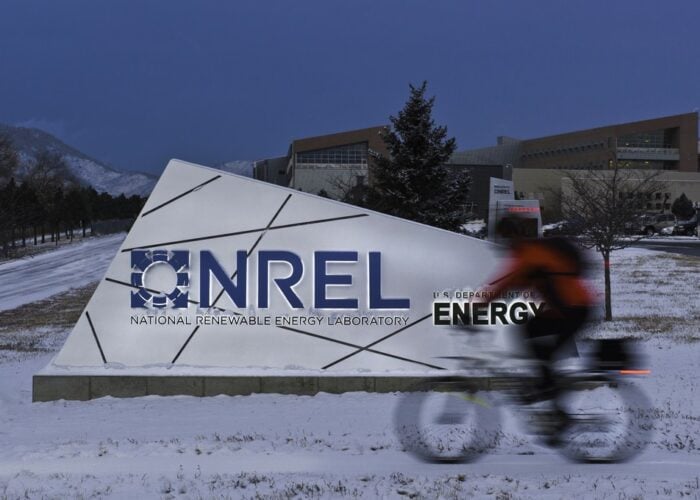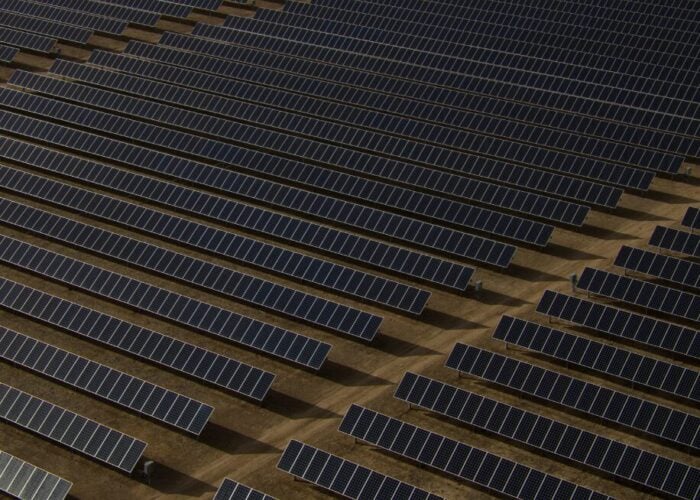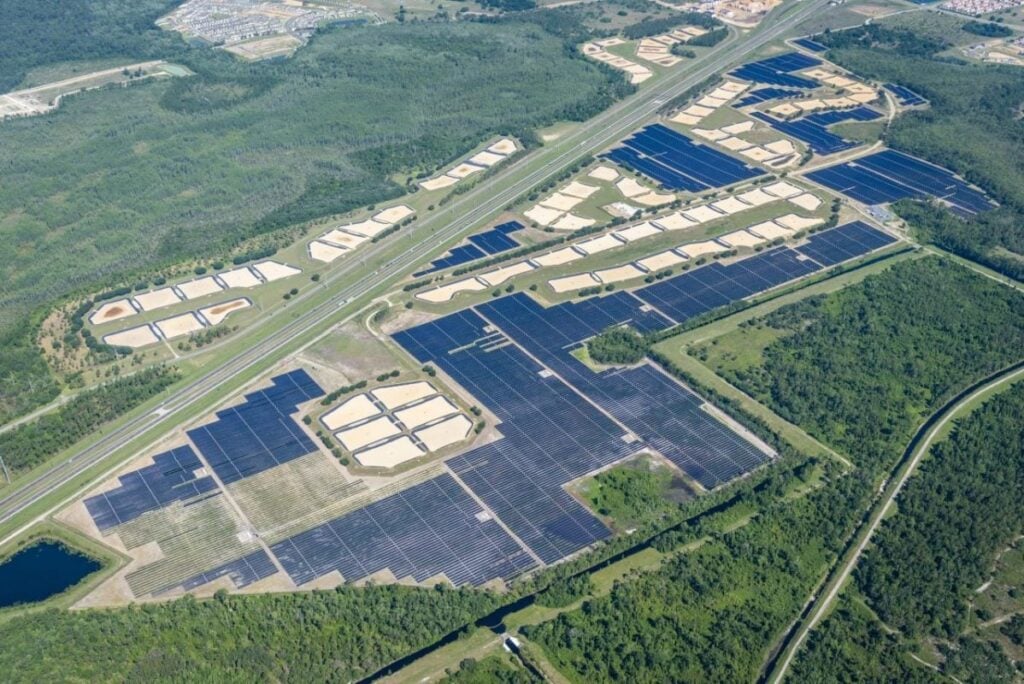
US forecasting provider Amperon has launched its latest programme, which provides solar generation forecasts at the level of individual sites and aggregate portfolios, to provide “more transparency and accountability” in the forecasting space.
The programme, ‘Asset-level Renewable Generation Forecasts,’ provides 15-day solar forecasts, updated hourly, and two-day forecasts updated at five-minute intervals. The platform uses a new metric for renewable energy forecasting: capacity normalised mean absolute error (cnMAE), which builds on normalised mean absolute error (nMAE), a way of comparing the difference between predicted and actual values in power generation.
Try Premium for just $1
- Full premium access for the first month at only $1
- Converts to an annual rate after 30 days unless cancelled
- Cancel anytime during the trial period
Premium Benefits
- Expert industry analysis and interviews
- Digital access to PV Tech Power journal
- Exclusive event discounts
Or get the full Premium subscription right away
Or continue reading this article for free
By dividing nMAE by a project’s capacity, to generate cnMAE, Amperon argues that it has delivered a “more versatile and equitable” means of assessing error in project generation forecasting.
“Knowing how much renewable energy is likely to be available to meet demand is critical for ensuring a safe, reliable and affordable grid,” explained Elliott Chorn, executive vice president of product at Amperon. “If renewables, like wind or solar, produce less than expected, then the grid has to rely on more expensive, highly polluting natural gas-fired ‘peaker’ plants to meet demand.”
The use of AI tools in solar operations and management has become more commonplace in recent months, with a range of programmes used to forecast events, such as weather, which can have significant impacts on the output of a solar farm. Earlier this year, Evgeny Finkel of Tigo Energy wrote about the importance of load forecasting in particular, to ensure electricity generation can be properly managed, for PV Tech.
“Without accurate forecasts at the solar-farm level, companies risk having to pay high real-time power prices to cover the difference between their scheduled energy and the actual energy produced,” said Amperon CEO Sean Kelly. “We want to give renewable energy companies more visibility into their future generation, so they can maximise the value of the power they generate, while saving on costs.”

